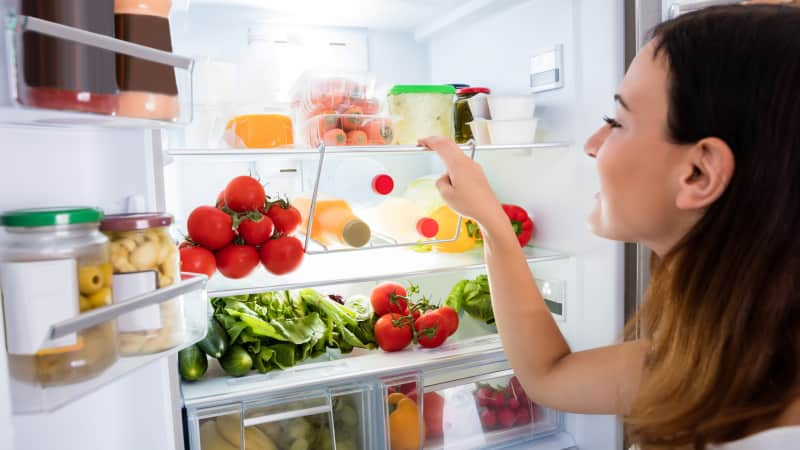It’s happened to most of us at some point. You find that your vegetables are spoiling—or your milk is turning sour—faster than usual. In my case, it was the bread. I proof mine overnight in the fridge, and despite the fact that I’d changed nothing in my successful formula and routine, my loaves were suddenly turning out horribly flat and overproofed.
These are all signs that your fridge is running warm. The U.S. Department of Agriculture’s Food Safety and Inspection Service (FSIS) recommends that all areas of your fridge operate at or below 40 degrees to prevent the growth of harmful bacteria.
You can and probably should buy a refrigerator/freezer thermometer to monitor those temperatures, especially if you live in an area where power outages occur frequently, as our favorite thermometer will also tell you how long your fridge or freezer has been operating in the danger zone.


